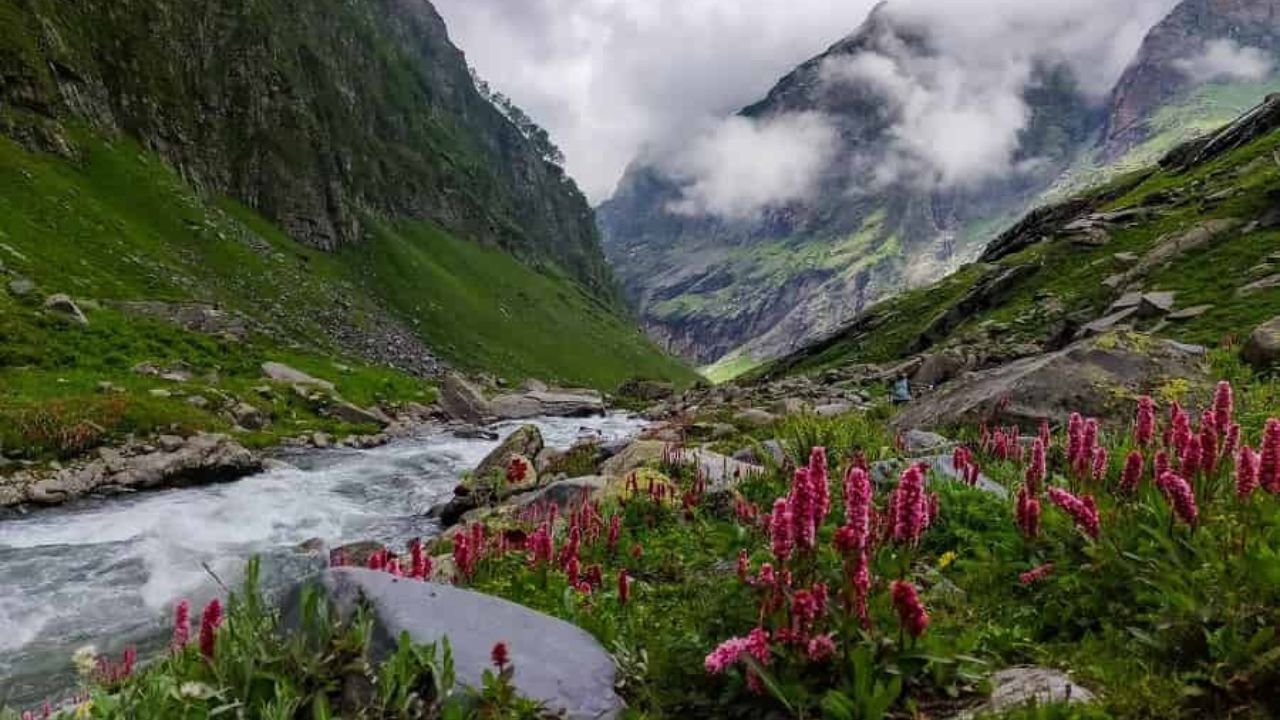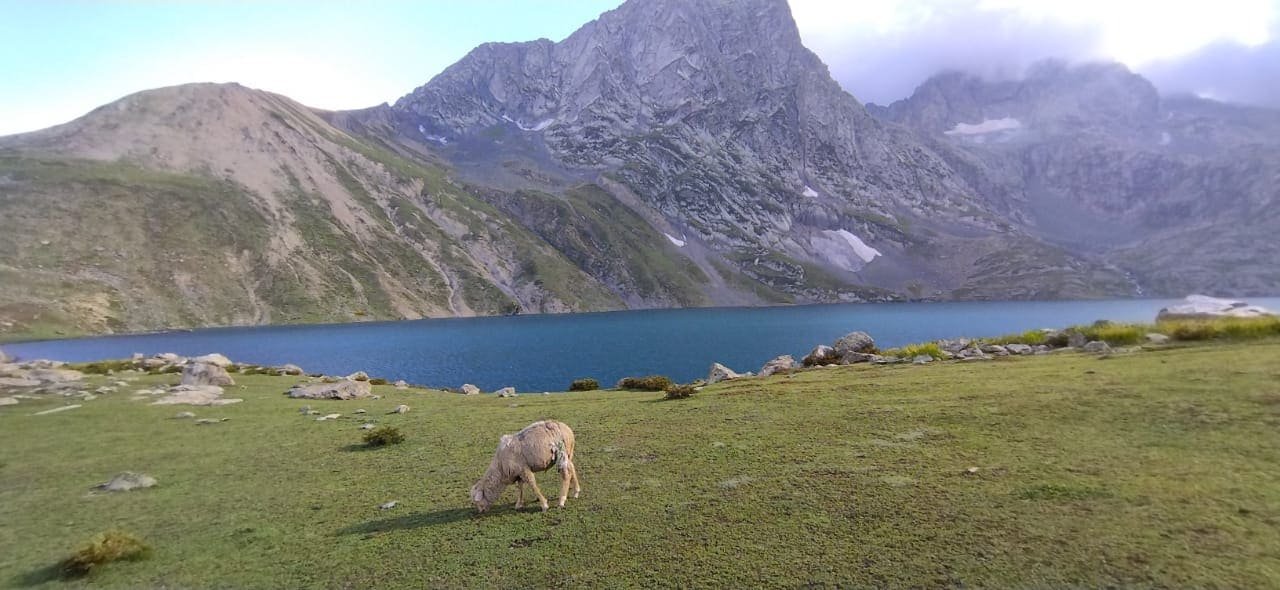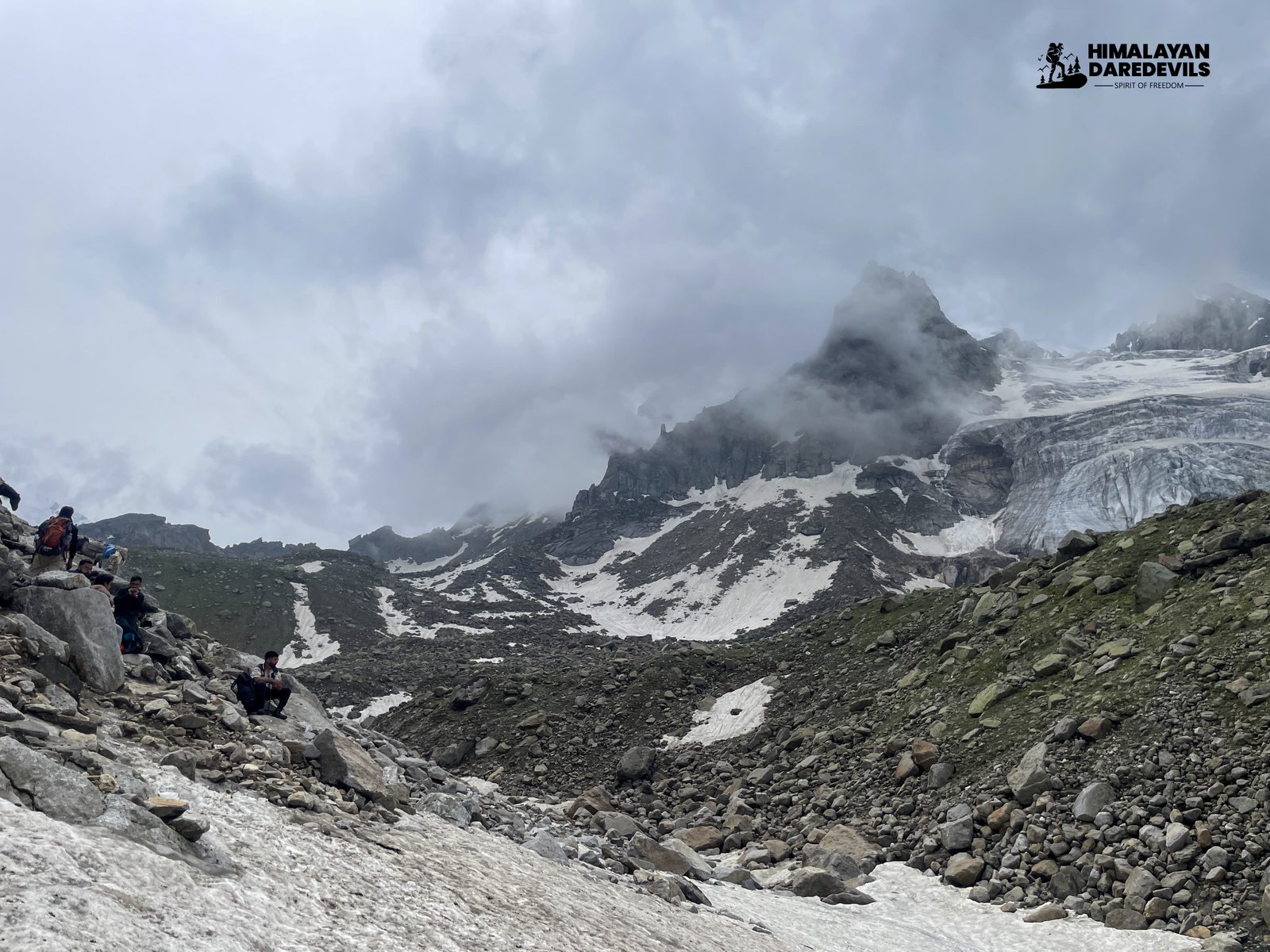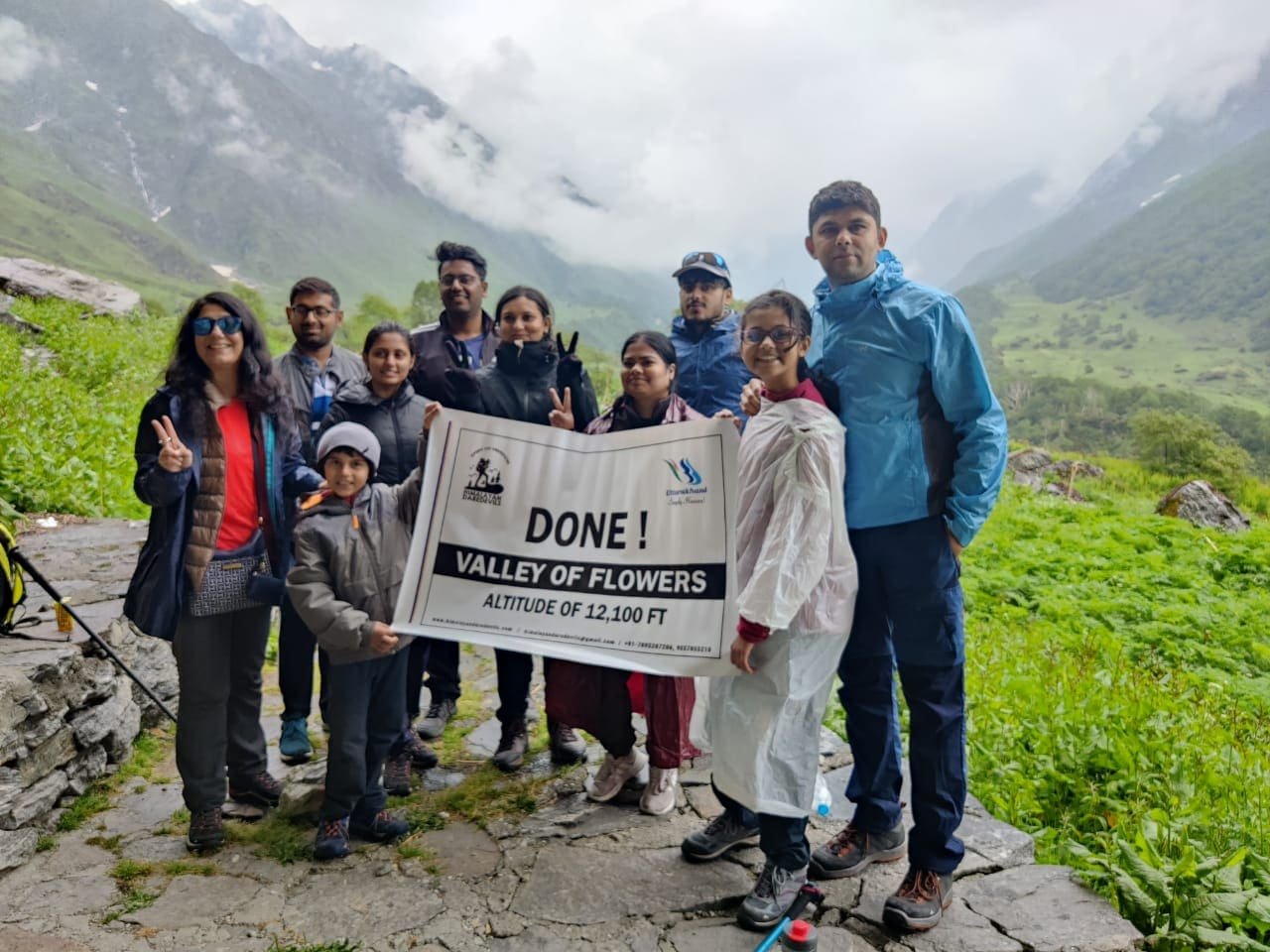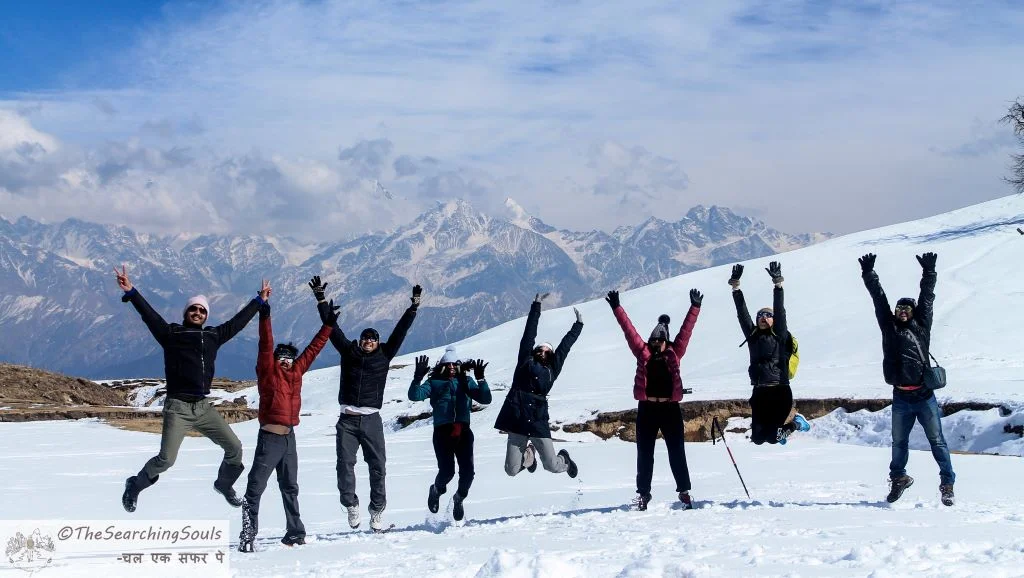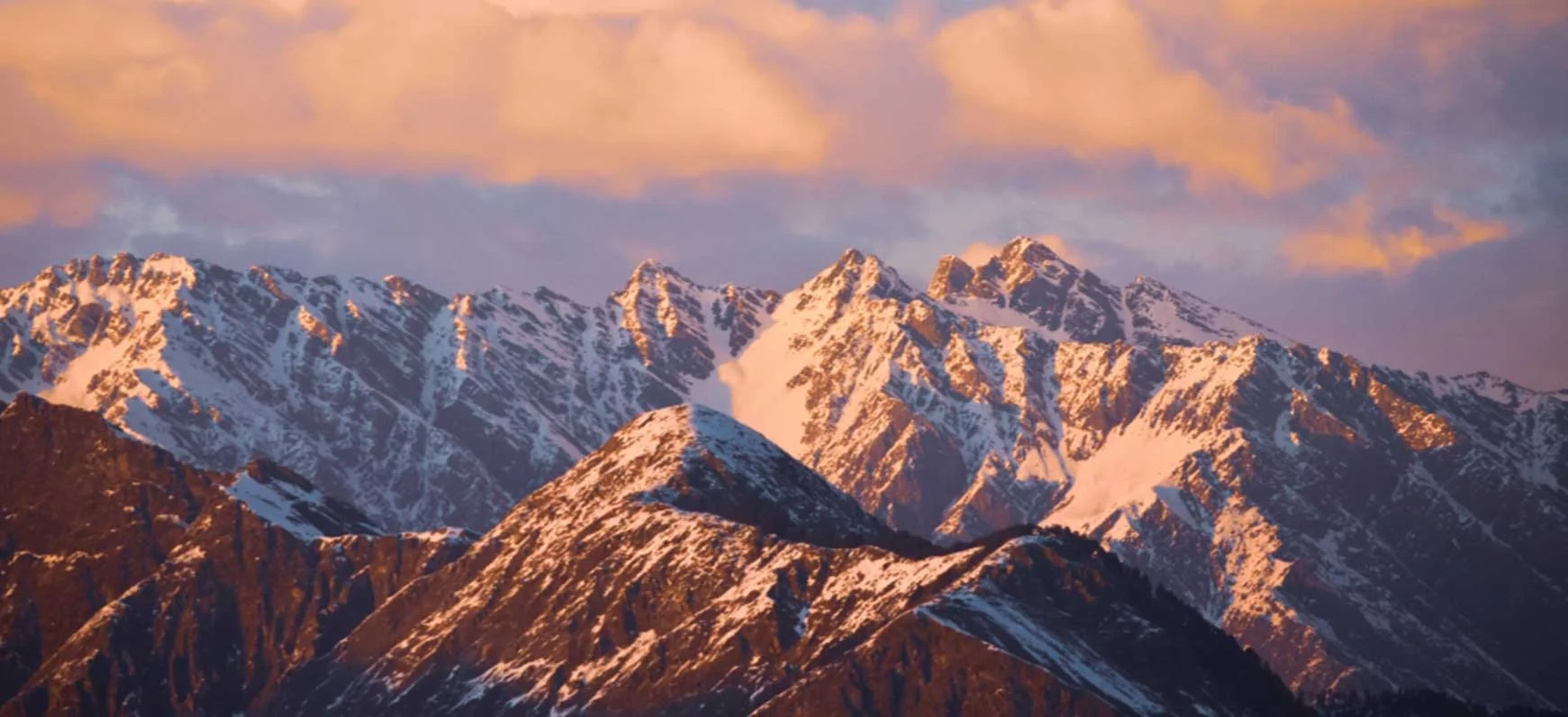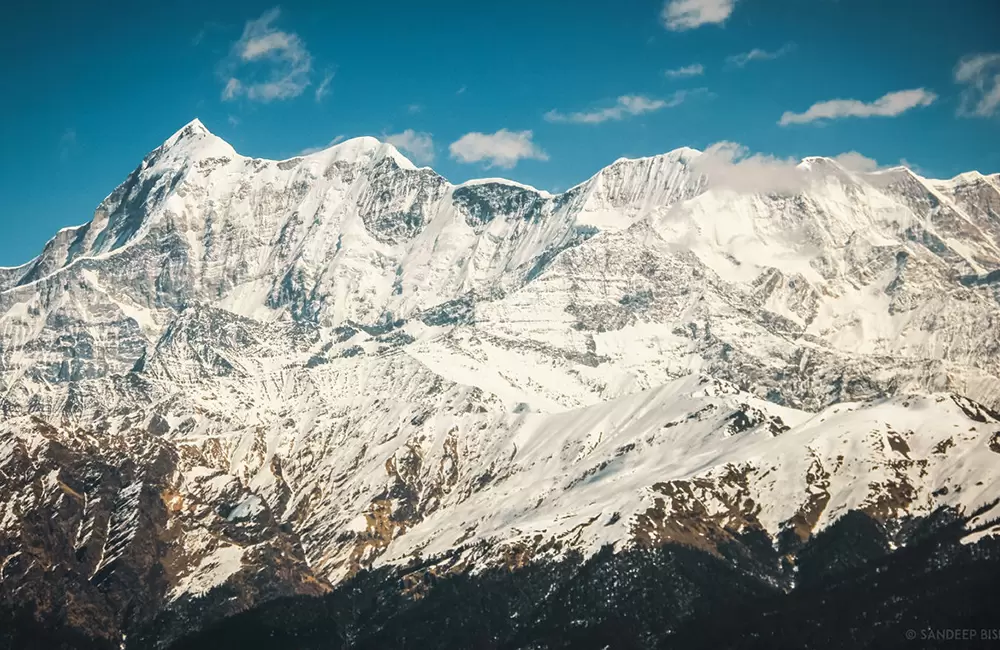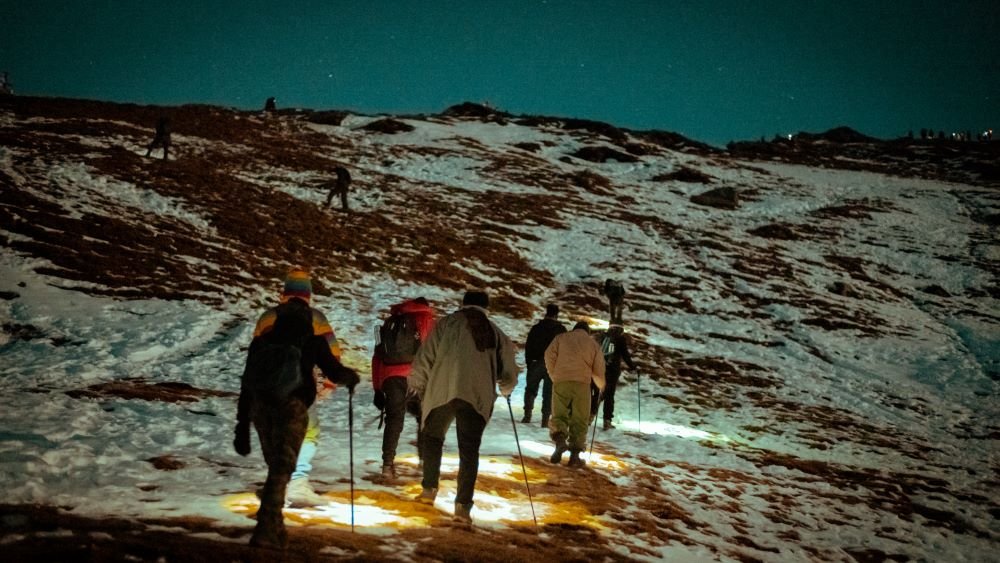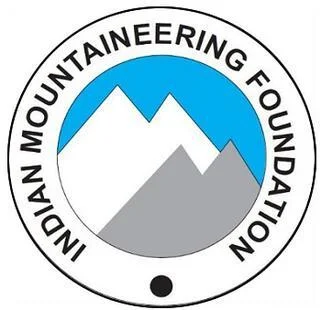22 June 2025
Hampta Pass Trek is located high up in the snow capped Himalayas, standing there as a bridge that connects two vastly different valleys. On one side is the Kullu valley lush green with vegetation and on the other side is the totally different Spiti Valley, a barren part of the Himalayas with its unique charm and beauty.
Hampta Pass Trek trek starts from Kullu and it takes 5 to 6 days to complete, in this time you will get to experience the variety of terrain that the Himalayas have to offer. On the way you see waterfalls, hanging glaciers, pinewoods, rhododendron forests, open meadows, and small lakes. The trails also bring you near the glorious mountain peaks like Mt. Deo Tibba and Mount Indrasan.
The wide variety of landscapes in such a short time span is what makes the Hampta Pass Trek special. To completely experience this beauty and to make sure that you don't miss out on any of the pleasant scenes you must plan beforehand and choose the best time to visit the Hampta Pass Trek. Let’s explore the ideal window to witness Hampta Pass at its finest.
Seasons of Hampta Pass: From Snow to Bloom
The Hampta Pass Trek transforms from season to season, offering trekkers a completely different experience depending on the time of the year:
Early Season (MId-June To Early July)
Temperature:
Day Temperature: 10°C to 15°C
Night Temperature: 0°C to -5°C
Best Season For:
Snow Lovers, Adventures Seekers, Fewer Crowd.
Scenery:
In this season you will find the trail to Hampta Pass covered in patches of snow.
You may find high altitude camps like Shea Goru covered in snow.
Snow begins to melt, feeding fresh streams and waterfalls
Weather:
Cold days and even colder nights.
Snow remains on higher sections, especially near Hampta Pass and Shea Goru.
Sudden snowfall or hail possible in higher reaches.
Highlights:
Snow crossing and frozen section on the trail
Majestic contrast between the green valleys and snowy ridgelines
Fewer crowds which means a quiet and serene environment.
Mid Season (Mid-July to Early September)
Temperature:
Day Temperature: 12°C to 18°C
Night Temperature: 4°C to 8°C
Best Season For:
Nature enthusiasts, photographers, lush landscapes
Scenery:
The Monsoon transforms the Kullu Valley into a green paradise. Trees and shrubs cover up the hills and birds and animals come out to make the valley vibrant
Meadows are green and covered in wildflowers of every color. The scent of the wildflowers permeates the atmosphere.
Waterfalls and riverstream are filled up with water making their way from between the green valley.
Weather:
Rainy weather especially in the Kullu Valley, but incredibly fresh and vibrant.
Pleasant during the day (12–18°C), but nights can still get cold.
Rolling low clouds cover up the hills, mist covered atmosphere.
Highlights:
Bursting wildflowers, flowing waterfalls, and dramatic cloudscapes
The valley is at its most alive — birds, streams, and colors everywhere
Ideal for immersive nature experiences and slow-paced trekking
Late Season (Mid-September to Early October)
Temperature:
Day Temperature: 10°C to 15°C
Night Temperature: 0°C to 5°C
Best Season for:
Clear views, stable weather, photographers
Scenery:
The Monsoon has ended and has made the air clear and crisp.
Most stunning visuals of distant snow capped peaks and the deep valley, under the evening and the morning sun.
Autumn has begun and the trees have left their green tint to color themselves with the golden and brown colors of autumn.
Highlights:
Best visibility of snow-capped peaks like Deo Tibba and Indrasan
Calm, settled atmosphere with minimal rain
Perfect for panoramic photos and stargazing at high-altitude camps
Best Time to Trek Hampta Pass for Comfort and Scenery
Mid-September to early October is the time when the Hampta Pass Trek is the most comfortable to trek on as well as the best time to enjoy the most stunning natural sceneries.
Mid September to early October is the best time to trek to the Hampta Pass Trek because during this season the trail is dry and stable which makes it very easy and safe to walk on.
Monsoon has ended, making the river crossing easy and pleasant.
The temperature is pleasant, not too hot and neither too cold. Days are cool (10–15°C), and while nights can dip to 0–5°C, it's far more manageable than early summer’s freezing temperatures.
Clear skies and the best visibility among all of the season. The autumn colors begin to appear, giving the landscape a golden glow that’s perfect for photography.
With fewer trekkers on the trail, you can enjoy a quieter, more immersive experience.
Choosing the Best Time To Visit The Hampta Pass Trek Based on Personal Preferences
Hampta Pass Trek has something for everyone whether you like snow covered trails or green hills covered in mist.
Snow and Adventure:
Best Time: Mid-June to Early July.
If you like snow covered trails, thrilling river crossings and dramatic landscapes then the season from Mid June To Early July is best for you to visit the Hampta Pass Trek. During this season you will also experience the challenges that nature has to offer making the journey adventurous and thrilling.
Greenery and Blooming Meadows
Best Time: Mid-July to Early September
The Monsoon transforms the land into a green wonderland. The waterfalls, meadows and the forest come alive with the rain, along with various birds and animals. The Valley covered in vegetation begins to seem closer to a tropical jungle. The green of the Kullu Valley stands in stark contrast to the brown of Spiti Lahaul. Best season for adventurous photographers and nature lovers.
Clear Skies and Comfortable Trekking
Best Time: Mid-September to Early October
Mid-September to Early October is the best season to trek to The Hampta Pass Trek. This is the safest season to trek as the trail during this time is dry and stable. This season also offers the best scenery as the air is clear and crisp making the distant peaks visible in full clarity. A perfect time for trekkers who want a blanched experience.
Frequently Asked Questions about the Hampta Pass Trek:
Can a Beginner do Hampta Pass?
Yes, Hampta Pass Trek is perfect for beginners. The trek is moderately challenging, scenic and safe. Anyone with basic fitness, good gear and experienced guide can enjoy and complete the trek with ease
Is it safe to visit Hampta Pass in July?
Yes, trekking to Hampta Pass in July is safe but not without its challenges. The monsoon makes the trail to The Hampta Pass slippery and a little difficult to walk on. With proper rain gear, sturdy footwear, and an experienced local guide, you can hike safely—but caution is essential.
Can Hampta Pass be done solo?
Yes, Hampta Pass can be done solo, but only if you are an experienced trekker with strong preparation. It is not recommended for the first time trekkers or trekkies with less experience to venture on the Hampta Pass solo.
Why is Hampta Pass famous?
Hampta Pass Trek is famous for its Dramatic landscape transition-from the lush green valleys of Kullu to the stark, arid terrain of Lahaul. Along with this the trek takes you to beautiful locations hidden in the remote Himalayas, from stunning waterfalls to green meadows and then to snow covered mountain passes, the trek has it all.
Is Hampta Pass crowded in June?
Yes, Hampta Pass is crowded in June. Summer holidays bring tourists from all around the world to the Himalayas and this is why you will see many tourists crowding the trail during the month of June.
Can Hampta Pass Trek be done in 3 days?
It is difficult to complete the Hampta Pass trek in 3 days but not impossible. With excellent fitness, ideal weather and good prior experience of trekking in the Himalayas one can surely complete the trek in 3 Days.
How many km is Hampta pass Trek?
25 to 26 kms is the approximate distance of the Hampta Pass Trek. It typically takes 4 to 5 days to complete the trek, starting from Jobra village in Kullu Valley and ending at Chatru in Spiti.
